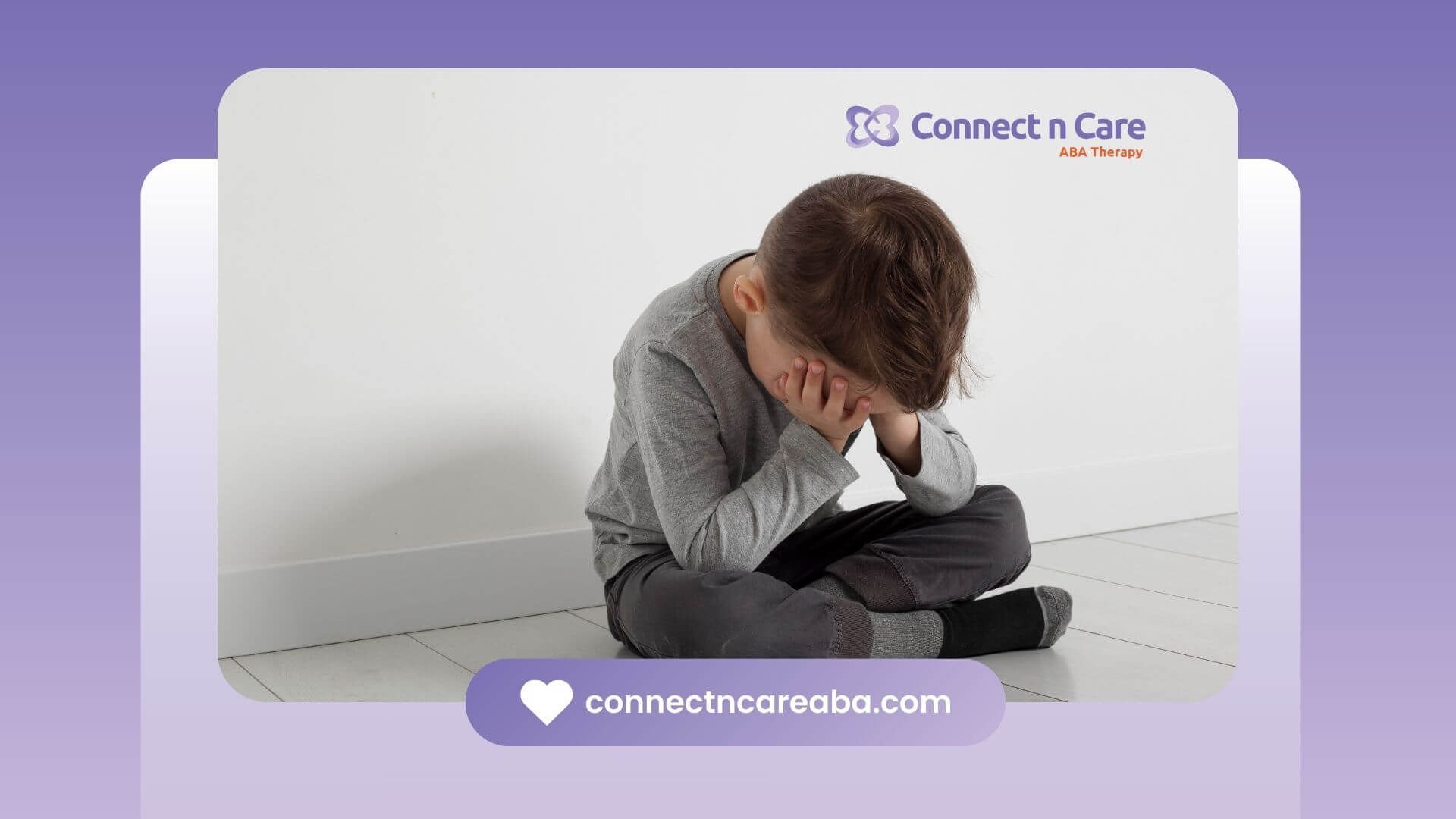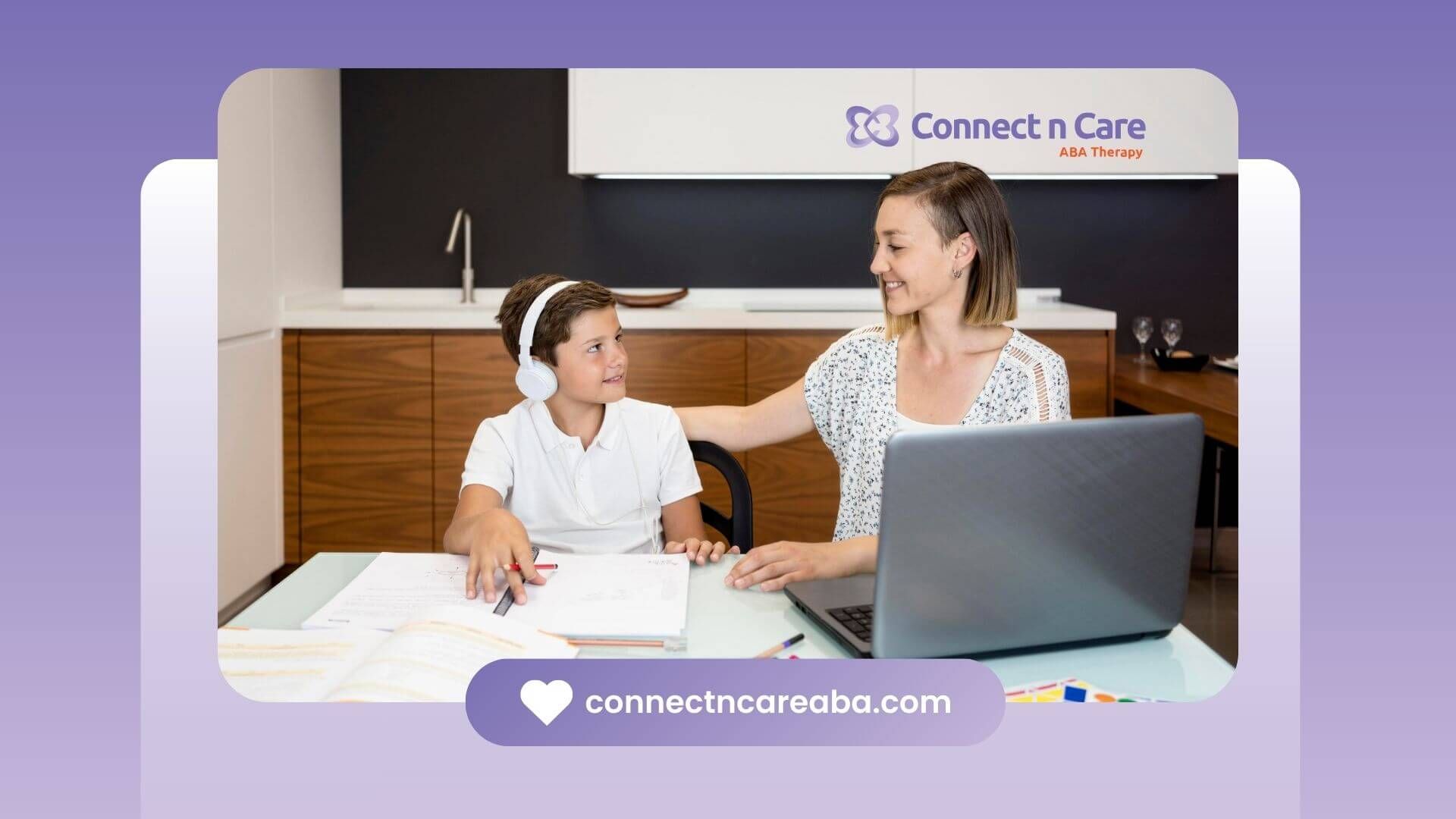What relaxes autism? Many strategies and techniques help autistic individuals find calm and reduce anxiety by addressing sensory needs and promoting self-regulation.
What Relaxes Autism? Quick Overview
Relaxation for autism often involves sensory-based approaches like deep pressure therapy using weighted blankets or vests, deep breathing exercises, and creating calm sensory environments. These techniques reduce anxiety, sensory overload, and meltdowns.
Effective Relaxation Techniques
- Deep Pressure Therapy: Applying firm, gentle pressure can soothe the nervous system. Weighted blankets and compression clothing are common tools.
- Deep Breathing Exercises: Simple breathing methods help regulate emotions and body responses, improving focus and lowering stress.
- Creating Safe Spaces: Quiet, low-stimulation environments offer autistic individuals a retreat when overwhelmed.
- Sensory Tools: Fidget toys, noise-canceling headphones, and calming visual aids redirect attention and soothe sensory distress.
Studies show relaxation techniques improve self-regulation, reduce anxiety, and promote better sleep in autistic children. Individual needs vary, so personalized approaches are essential.
What relaxes autism depends on the person, but evidence-based strategies provide effective relief. At Connect n Care ABA in North Carolina, we create personalized plans to help autistic individuals relax and thrive. Call us to learn more.
FAQs
What relaxes autism?
Deep pressure, breathing exercises, and sensory tools often help reduce anxiety and meltdowns.
How does deep pressure help?
It soothes the nervous system with calming firm touch, reducing sensory overload.
Are breathing exercises useful for autism?
Yes, they help regulate emotions and improve focus.
What sensory tools calm autistic individuals?
Weighted blankets, noise-canceling headphones, and fidget toys provide calming input.









